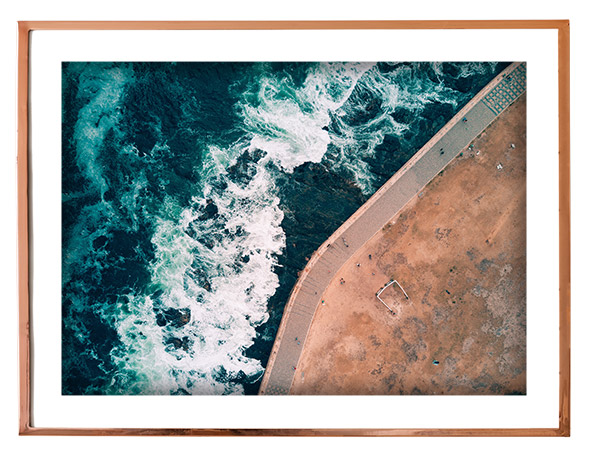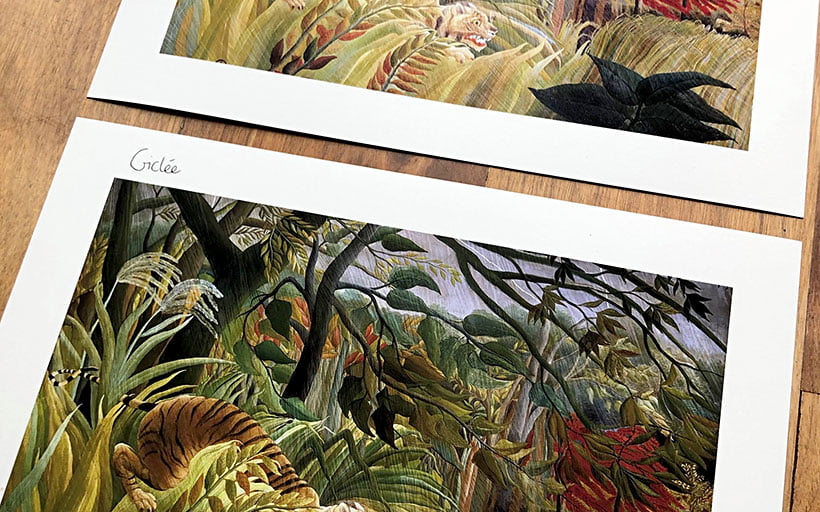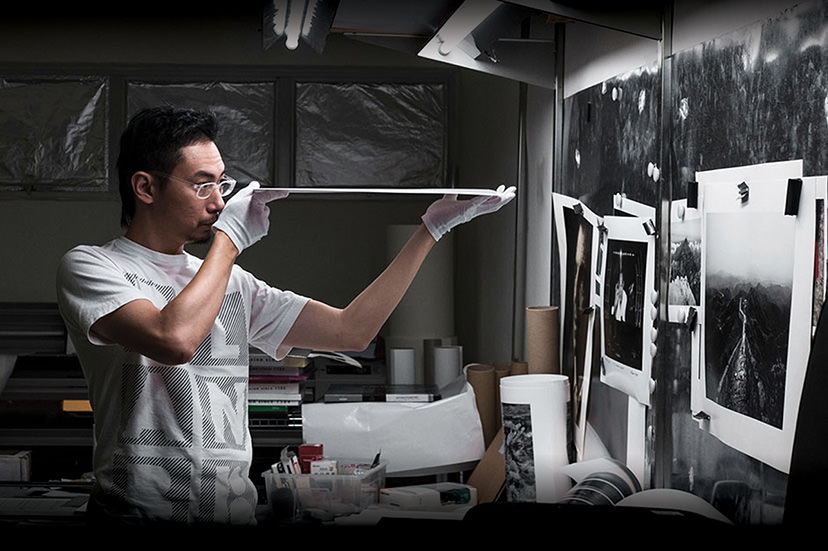There are a few differences between art prints and giclee prints. A good giclee print will always be on archival-quality paper. In order to make the best print possible, the paper must be 100% cotton or rag base. A poor-quality Giclee print will fade and yellow quickly over time. If you want your print to last for a long time, you should look for a giclee printer that uses archival-grade paper.
For giclee prints, you will want to purchase museum grade or archival inkjet paper. The archival paper will be matte and will be at least 300 dpi. If you’re considering canvas, you’ll want to get a professional series. The professional series is made of 100% cotton. The higher the quality of the paper, the better the print will be. For example, if you’re ordering a framed print, you’ll need to make sure it has a high enough dpi so that you can print the image in a single step.
The most important aspect of a giclee print is its resolution. It is very important to have a high dpi or resolution because these are essential for the sharpest detail and full color spectrum. These prints should be made on archival-quality paper, so you can be sure that your work will last for a long time. It’s also important to choose a printer that uses archival paper.
To make a giclee print, the image you’re using should have a 300-dpi resolution. This means that the image is at least three times as sharp as it would be if it were printed on a high-quality paper. In addition, a 300-dpi image will be higher-resolution. This ensures the highest quality print. While a low-dpi version can look great, it won’t be as detailed as a high-dpi one.
The best giclee prints will have the highest resolution and detail. The inks used in giclee printing should have 300-dpi, or dots-per-inch. The higher the dpi, the higher the quality of the print. However, a high-DPI image will not be a problem with a 300-dpi print. The printer will adjust the brightness and saturation of the image in order to make the colors more vivid and appealing.
A high-dpi image is the key to a high-quality giclee print. A good quality giclee print will be a very detailed reproduction of a photograph or other traditional artwork. The resolution of an image is the number of dots per inch it contains. This is the same as the resolution of digital photos. This is the most important aspect when you want to produce a giclee print.
A giclee print is a high-quality reproduction of a piece of artwork. They are not photocopied and retain colors much better than standard prints. A giclee print will last for decades, and can even be sold to a customer. Unlike standard prints, giclee prints can also be used to print on a canvas. If you are looking for the perfect giclee printing service, look no further.



